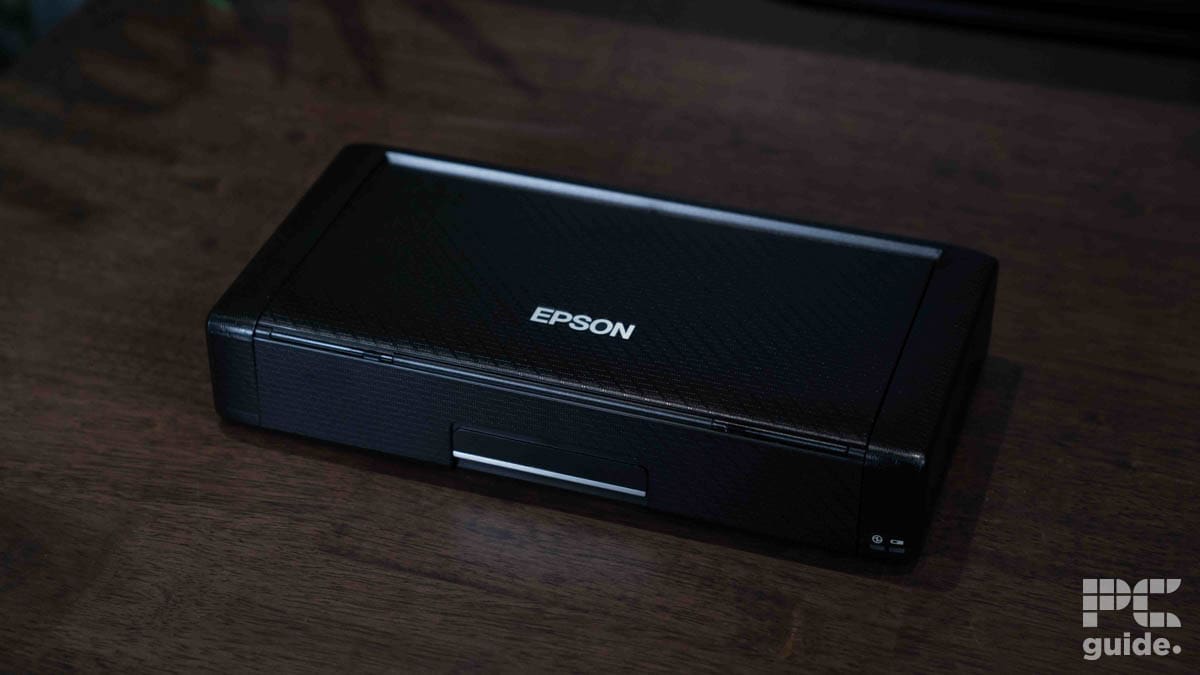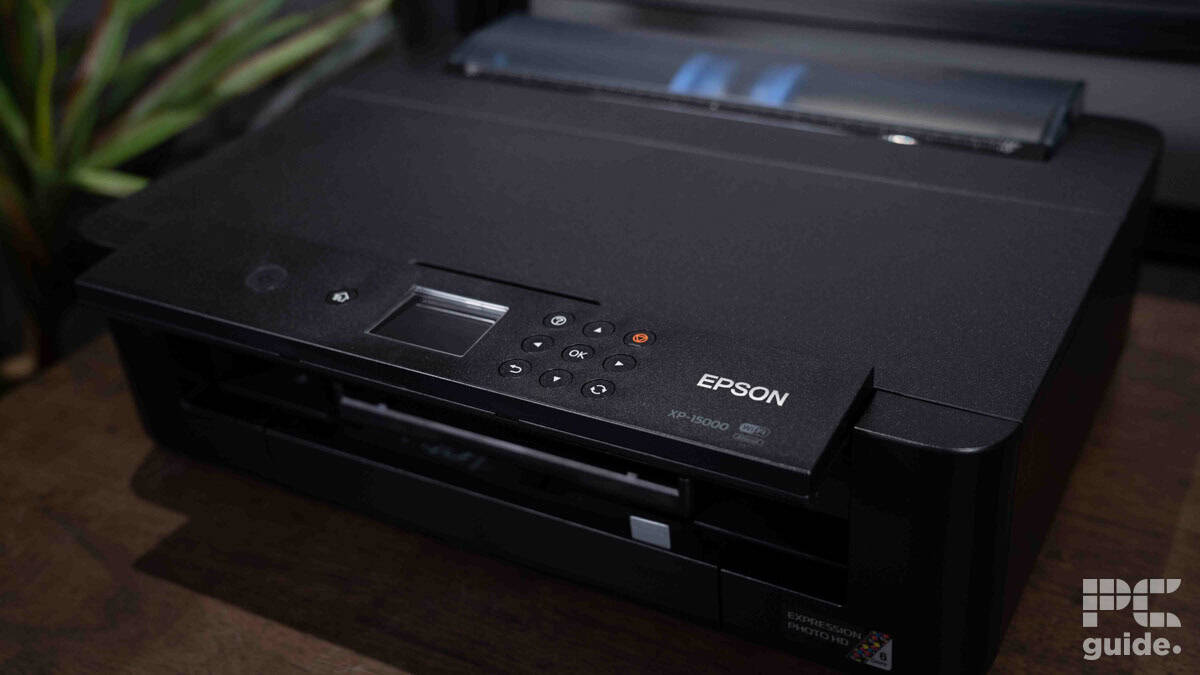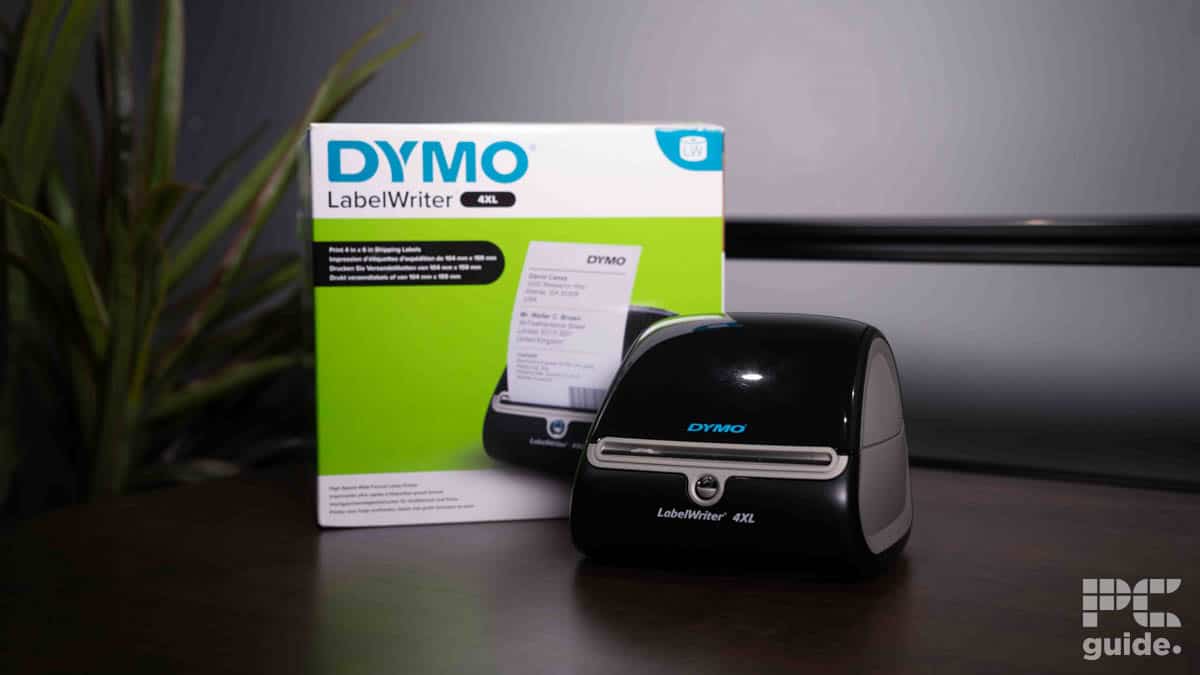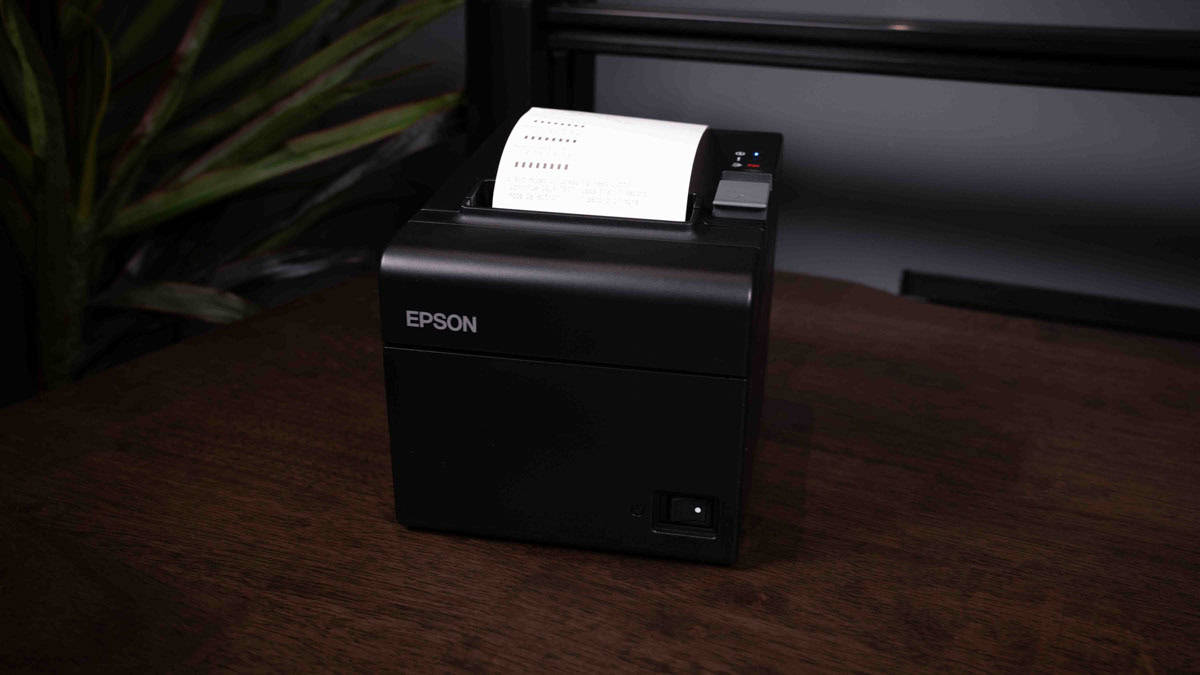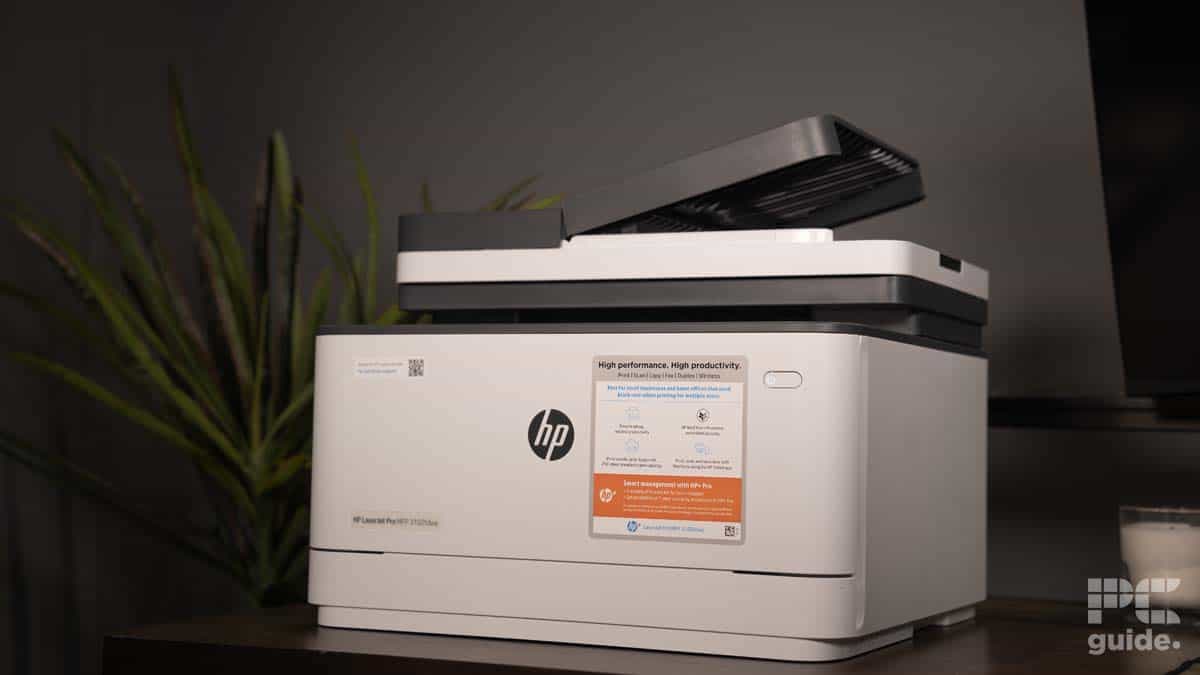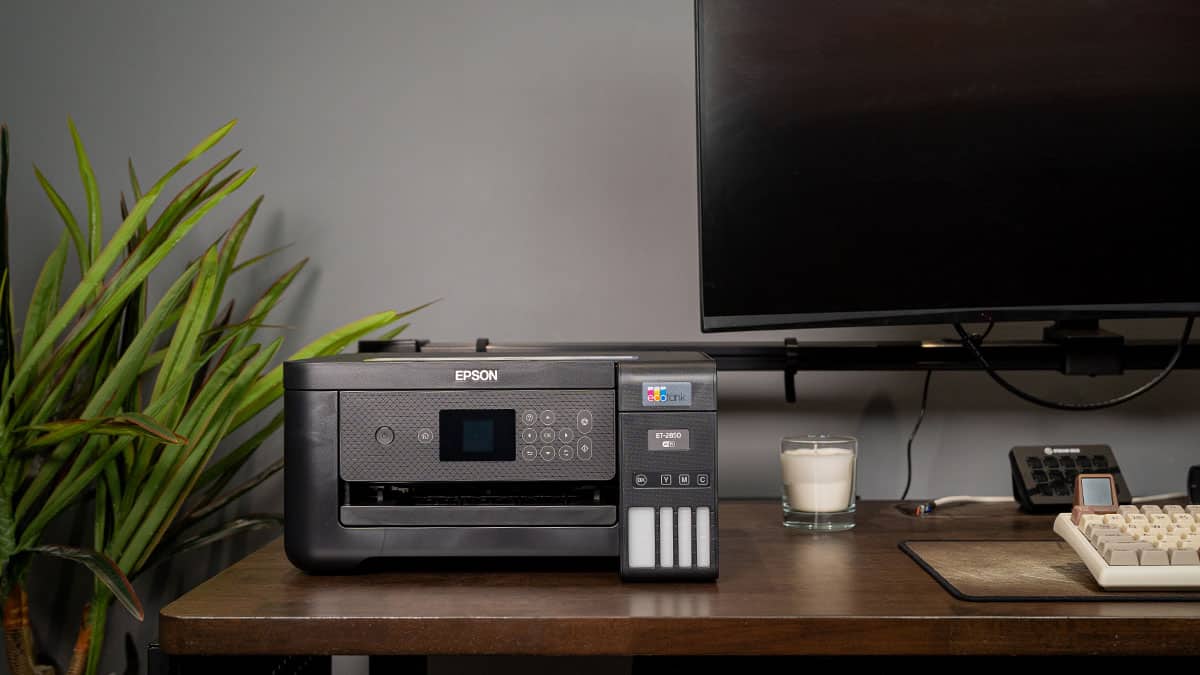How we test printers
Table of Contents
Although most of us might have moved on from having a need for a printer and especially stocking one, there are definitely those out there with in-home offices or a need for the occasional print. To be fair there is quite a variety of printers, not even just standard paper printers, varying with the types of depositing, setup, and materials used.
That leads us to want to provide you with reliable and useful information on each of these via testing. This gives us a solid basis for recommendation and inclusion in our printer buying guides and helps us find if their claims are anything to rely on. So with that, here’s how our printer review process is conducted and the features on which we score them.
Prime Day may have closed its doors, but that hasn't stopped great deals from landing on the web's biggest online retailer. Here are all the best last chance savings from this year's Prime event.
- Sapphire 11348-03-20G Pulse AMD Radeon™ RX 9070 XT Was $779 Now $719
- AMD Ryzen 7 7800X3D 8-Core, 16-Thread Desktop Processor Was $449 Now $341
- Skytech King 95 Gaming PC Desktop, Ryzen 7 9800X3D 4.7 GHz Was $2,899 Now $2,599
- LG 77-Inch Class OLED evo AI 4K C5 Series Smart TV Was $3,696 Now $2,996
- AOC Laptop Computer 16GB RAM 512GB SSD Was $360.99 Now $306.84
- Lexar 2TB NM1090 w/HeatSink SSD PCIe Gen5x4 NVMe M.2 Was $281.97 Now $214.98
- Apple Watch Series 10 GPS + Cellular 42mm case Smartwatch Was $499.99 Now $379.99
- AMD Ryzen 9 5950X 16-core, 32-thread unlocked desktop processor Was $3199.99 Now $279.99
- Garmin vívoactive 5, Health and Fitness GPS Smartwatch Was $299.99 Now $190
*Prices and savings subject to change. Click through to get the current prices.
Box contents and setup
After it arrives in our office, we’ll first send it off for photography, getting the unboxing experience and capturing everything as it comes from the get-go. After that, we start the process of setting up the printer, following the instructions to see how well-documented the process is.
We’ll connect it up to the strongest WiFi signal available where we set it up, and get it all ready for the tasks ahead. Filling up or inserting the ink tanks if needed, stocking the paper tray, and checking for any updates that might be needed before it can even perform its job. Noting down how easy everything went and what’s needed for it, along with contemplating what makes it a good choice for the job from the start.

Tests
After it’s up and ready to go, we run a variety of tests to check what it’s capable of. It will very much be feature-dependent but will test each of them to test how they perform and the ease of use of the whole device. As standard it will be printed in both color and black and white, scanning, and copying where available. Timing how long each of them takes for an understanding of the speed you can expect using it.
We use a standard in-house document for these speed tests, knowing that each printer has the same workload to go through. Then if possible we test the time for a 4×6 photo print for those tasks, or just head straight to repeating the prints with thicker 300 GSM paper.
For these, we print a standard ColorChecker page to see how the printed color compares to how it should. Assessing the variety of DPI options available from standard to the highest to contrast how much better the prints can be. We input all of these into our spreadsheet to see how they compare against each other as a guide to the conclusion.
Associated costs
After all the hands-on, we also evaluate the costs of the printer in total. Going through the price of actually using the thing is a key factor in deciding on which one to go for. As we discuss the advertised yields from its products be it the ink and the ink refills, see if there is a subscription available for it and if it’s worth considering, and then how much can you recycle and reuse as we want to minimize waste.
Evaluation
Then we also go through the design and general look of the printer. Checking how much space it takes up and if it’s convenient to fold out or move out of the way when not needed. That also applies to the display, and how much control is in it. This all combines with the valuation of the build and its quality, making sure it will stand up to the test of time and use.
Then there is the connectivity available on the printer and how you can actually use it as it may offer some better options than others. Considering if you have to plug it in via an ethernet or can wirelessly connect it up. Even if it has the option for an SD card and any other ports available to utilize.
How we score
After all the testing and evaluation we give our printers a score out of 5 to make it a quick and easy comparison between each other and how well they do in general. This is based on the following weightings.
Design (25%)
The look and design of the printer are important to it fitting in wherever you need it. Along with it has an intuitive look and an easy-to-follow manual that doesn’t require tinkering to get it right.
Costs and value (25%)
The price tag and then the cost of printing is an important factor. Make sure you’re not paying too much per page or getting an unnecessary subscription where you don’t need one.
Features and connectivity (25%)
The onboard ports and features that enable you to utilize the printer in many ways make it a stronger choice in a general setting improving the value and worthiness of it that can be important to the score.
Quality and speed (25%)
Seeing how fast it prints and how well it comes out are important factors in owning one. Making sure you’re getting a high-quality option that doesn’t take ages just to print one sheet.







